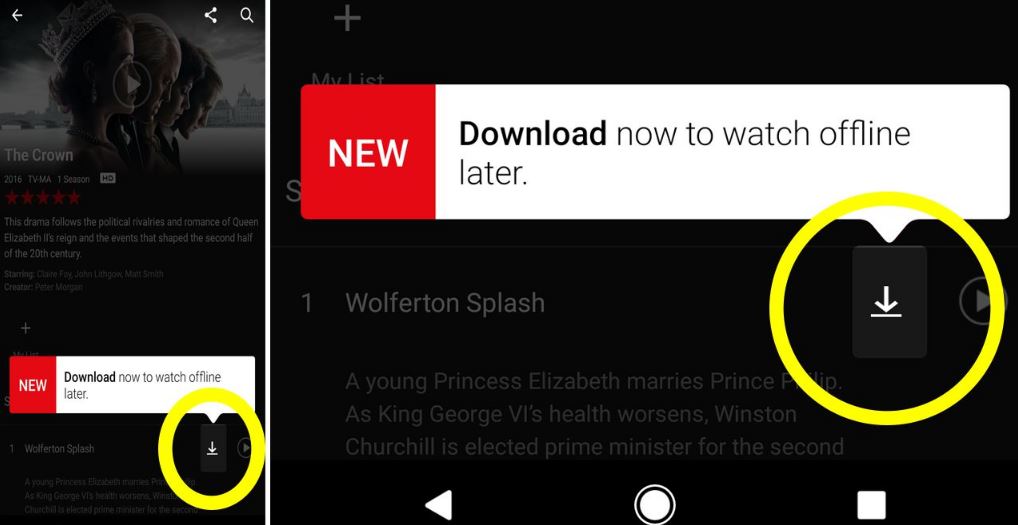Are you curious about the science that makes wind turbines possible? Then look no further! This comprehensive blog post will answer all your questions on how wind energy is generated and converted into usable power.
From learning about the laws of thermodynamics to taking a deep dive into turbine construction specs, we’ll cover everything you need to know from start to finish about harnessing this sustainable source of energy. Get ready for a fascinating journey!
Table of Contents
Explaining the Basics of Wind Energy: What Is It and How Does It Work?
Wind energy is becoming more prevalent in our world as a source of sustainable energy. Simply put, it’s energy generated by the wind. Wind turbines work by taking in the wind’s force, which causes the turbine blades to spin, powering a generator and producing electricity.
This electricity can then either be stored in a battery or sent to a power grid for public consumption. Unlike fossil fuels, wind energy is a renewable energy source that does not produce harmful emissions.
Wind turbines can be found in various places, from large wind farms in rural areas to individual turbines on top of buildings. By harnessing the power of the wind, we are able to generate clean, sustainable energy for the world.
Benefits of Wind Energy: Cleaner, Renewable, and Cost-Effective
In recent years, there has been a growing interest in renewable energy sources due to growing concerns about the environment and rising energy costs. Wind energy has emerged as a popular alternative to traditional sources of power.
One of the most significant benefits of wind energy is that it is a cleaner form of energy, which means it produces fewer greenhouse gas emissions and helps to reduce air pollution. Moreover, wind is a renewable resource, which means we don’t have to worry about running out of it.
Finally, the cost of wind energy has decreased significantly over the years, making it a cost-effective solution. All of these benefits make wind energy a compelling option for those looking for a reliable and sustainable source of power.
The Pros and Cons of Wind Energy: Efficiency, Environmental Impact, and Local Communities
Wind energy has been touted as a promising solution to reducing carbon emissions and combating climate change. On the one hand, wind turbines are highly efficient, generating renewable energy without emitting harmful pollutants.
Additionally, they provide a source of income for local communities hosting wind farms. However, the environmental impact of constructing and maintaining these turbines can be significant, especially for bird and bat populations.
Additionally, some local communities may experience negative impacts such as noise pollution and decreased property values. As with any form of energy production, there are both pros and cons to wind energy that must be weighed when making decisions about its use.
Financing Your Own Wind Turbine for Home Use: What You Need to Know
With the rise of green energy and sustainable living, more and more homeowners are looking into wind turbines as an alternative energy source. However, financing your own wind turbine for home use can be a daunting task.
Before making any decisions, it is important to familiarize yourself with the costs, maintenance, and potential energy savings. While the initial investment may seem high, the long-term benefits and savings can make it a worthwhile endeavor.
Additionally, there may be tax incentives and rebates available to help offset some of the costs. Overall, with proper planning and research, installing a wind turbine can be a smart financial and environmental decision for homeowners looking to reduce their carbon footprint and save on energy costs.
Choosing the Right Wind Turbine Installer: Essential Factors to Consider
Choosing the right wind turbine installer is a critical step in your journey towards harnessing the power of the wind. A professional installer not only ensures that your wind turbine is set up correctly but also optimizes it for maximum efficiency based on your property’s unique characteristics.
They should have extensive experience in the field, be knowledgeable about local regulations, and be able to provide reliable maintenance service. Some certified installers also assist with the necessary paperwork for permits and potential grants or subsidies.
Always do your research, check reviews, and get quotes from multiple installers to ensure you’re getting the best service at the most competitive price.
Wind energy is an efficient and cost-effective way to bring clean, renewable energy into your life. From its basic premise to the advanced technology for harnessing the power of wind, there has never been a more opportune time to invest in a future powered by wind energy.




